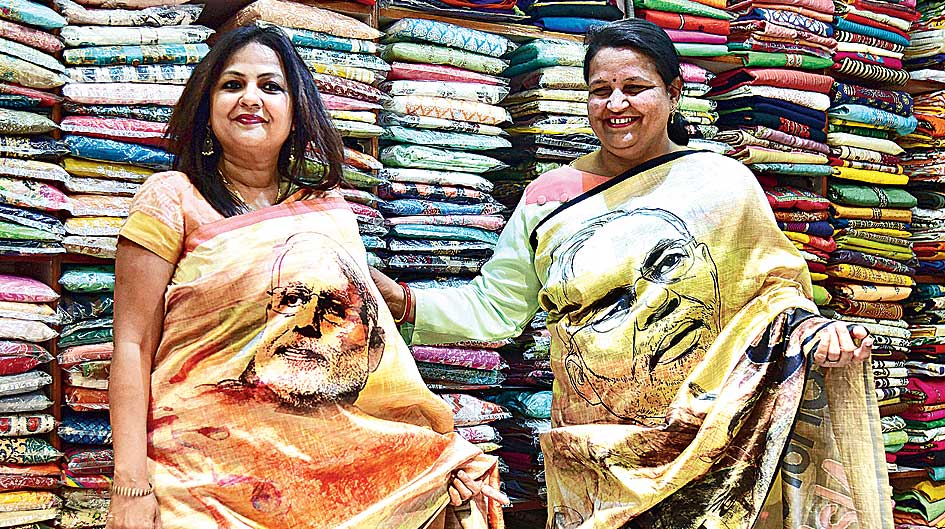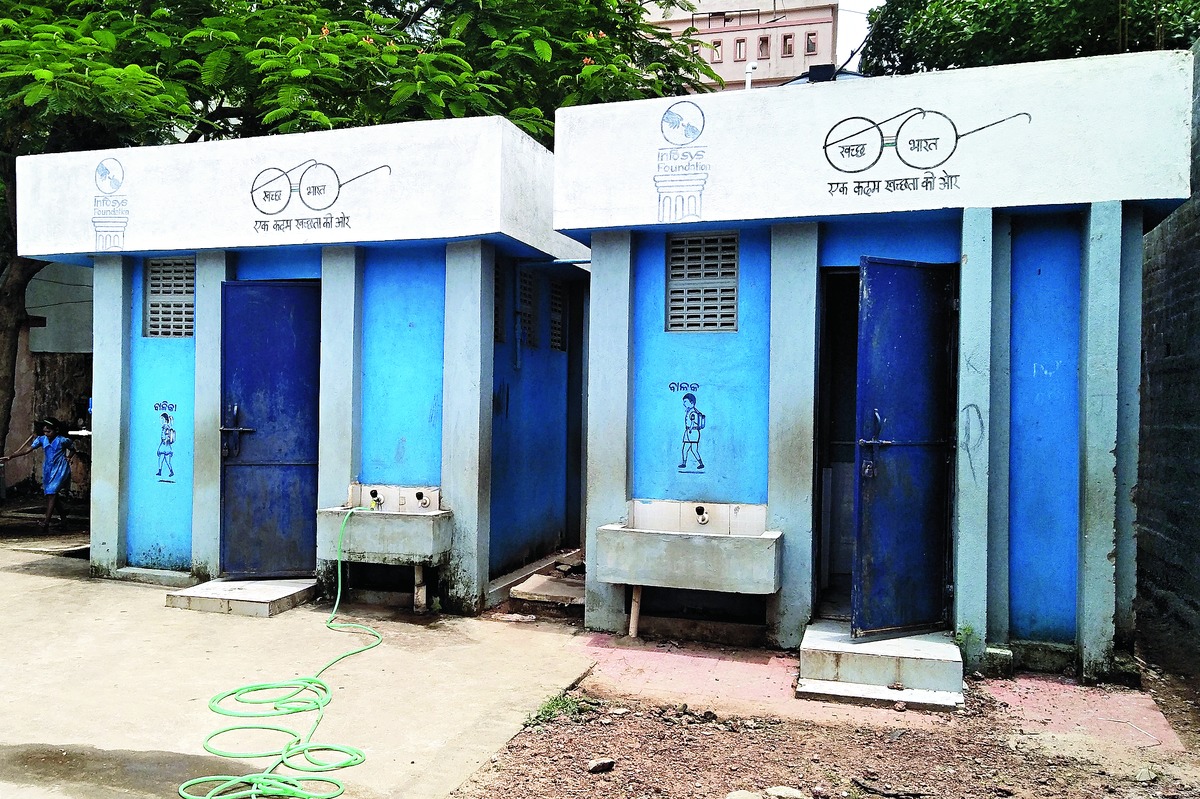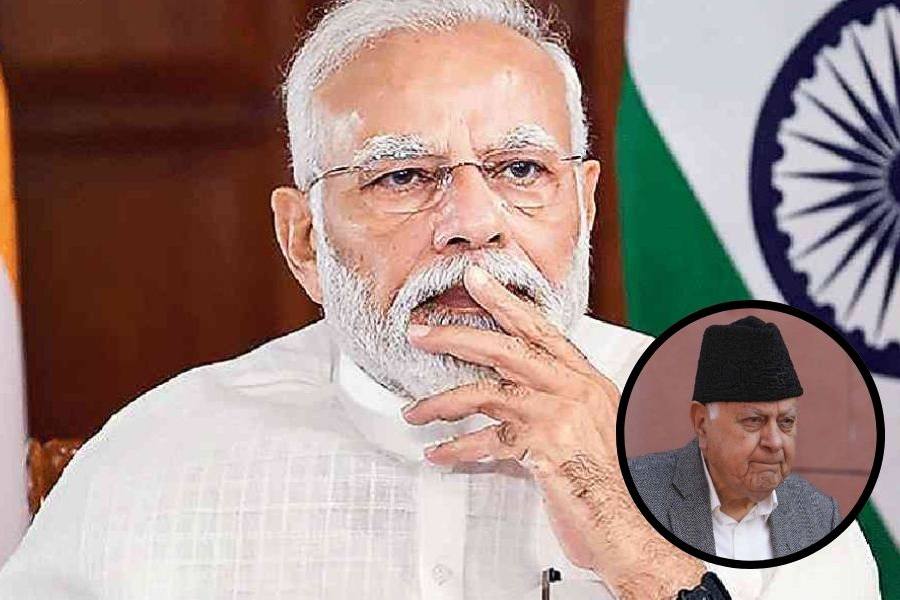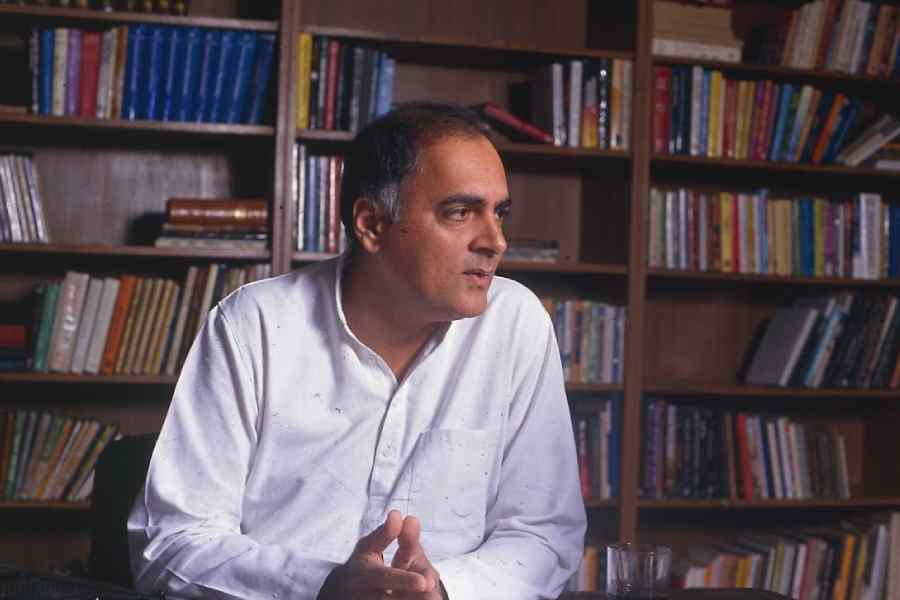An excruciatingly long election campaign at the height of a fierce Indian summer invariably results in weariness and, occasionally, even voter fatigue. This is certainly true as far as the media — one of the major publicity props in a democracy — is concerned. After all, how long can the same debates — some very contrived — be conducted with, often, the same old faces repeating the same old lines? However, despite the prolonged campaign, voter turnout doesn’t seem to have been affected in any significant way. If the 2014 general election is perceived as a ‘wave’ election with an above average turnout, the initial reports after the first four rounds of polling suggest that with some regional variations 2019 will be no worse. At an all-India level, the turnout may even set a new record.
It is grossly premature, indeed inaccurate, to proffer election forecasts on the strength of the turnout, as some analysts have done. When the counting began for the 2014 election, there was very little expectation that some four hours later India would be witnessing a clear Narendra Modi victory, an event that was subsequently to be described as a ‘wave’. As Prannoy Roy has written in a recent book, even the outcome of the tsunami election of 1984 was largely unanticipated by the pundits.
My interactions with political players in recent weeks prompt the conclusion that while some broad trends are discernible, the larger suspense will persist till the morning of May 23. Even the exit polls that will come pouring in after the close of polls on May 19 are unlikely to be entirely accurate in projecting the final tally. They will, at best, be able to indicate the clear losers. The obvious pitfalls of accurately translating popular votes into seats is one reason. But equally, the raw survey data are often misleading. This is because voters are often loath to be open about their preferences to absolute strangers. The head of the Congress Party’s data processing unit has attributed the failure of respondents to be entirely truthful to a climate of fear. While this may be certainly true for some parts of India — West Bengal is the clear leader in the index of fear — another reason may lie in the fact that many people see their preference as a very private matter. This is particularly true of rural women whose voting preferences are often not robustly factored in.
How women vote in 2019 will definitely be a great point of interest. At least two of the Narendra Modi government’s flagship schemes — the Swachh Bharat Abhiyan and the Ujwala initiative — have specifically targeted women. While the construction of toilets, particularly in rural areas, has certainly made life much more bearable for women, cooking gas connections to women in BPL families have enhanced the quality of their lives and liberated them from smoky chulhas. Will these initiatives translate into a silent vote of women for the Bharatiya Janata Party and its allies? If it does, the election outcome could hold out many surprises.
One of the great charms of Indian democracy is the power of the silent voters. If nothing else, they keep the political class on tenterhooks and unsure of the outcome. In the Delhi assembly election of 2013, the Aam Aadmi Party made its electoral debut. Its campaign was enthusiastic but not very organized. That was evident on polling day when the AAP’s patchy presence contrasted with the organized approach of both the Congress and the BJP. Yet, AAP performed spectacularly and came within a whisker of upstaging the BJP as the single largest party.
It is tempting to see a parallel between that election and the BJP’s intervention in West Bengal this general election. On the surface, it is the Trinamul Congress of Mamata Banerjee that has a stranglehold presence. The flags, banners and wall writings of the BJP and the Left are perfunctory by comparison. Yet, in most of the districts I have travelled throughout April, almost every political worker suggests that there is an “undercurrent” in favour of the BJP. There are three explanations offered to explain this silent phenomenon. First, the popularity of the prime minister; secondly, the grim reality of a simmering communal polarization; and, finally, a quiet revulsion against the high-handedness of the ruling Trinamul, particularly during and after last year’s panchayat elections. It is even being suggested that the families of many of those nominally linked to the Trinamul will quietly press on the lotus button inside the polling booth.
One of the complicating factors in West Bengal is the issue of security. Beginning from North Bengal and extending to the suburbs of Calcutta, there is unending talk of the Central paramilitary forces creating an environment that deters intimidation and other electoral malpractices. In certain districts of North Bengal, even polling staff expressed their reluctance to undertake poll duties unless they were assured of the protection of the paramilitary forces. The reports after the four phases of polling indicate that rigging and intimidation have been localized. In statistical terms, as the Election Commission observers have stated before agitated political parties, the number of booths adversely affected by electoral irregularities is small. But even these distortions can make all the difference between winning and losing in closely contested elections. Certainly, it would be a travesty of democracy if someone gets elected to Parliament on the strength of votes whose authenticity is questionable.
This brings us to the question of crowds in meetings. It has often been argued by cynics that crowds in meetings don’t necessarily translate into votes. This is certainly the case when film stars and other glamour figures arrive in small towns and create a local buzz. However, this is not the case with leading politicians. Modi’s meetings in West Bengal for example have been hugely attended. The numbers attending are also far in excess of what the BJP’s weak organizational apparatus in the state can mobilize. Indeed, the success of these meetings has forced the West Bengal chief minister to organize many more public meetings than she originally planned. In places where the crowds have not matched her expectations, she has followed the meetings with a padayatra.
There are two ways of interpreting the rash of public meetings. First, it is entirely possible that there is a Modi ‘wave’ across the country that has not left West Bengal unaffected. If so, the ‘undercurrent’ will definitely translate into a winning vote. Secondly, the large crowds drawn by Modi may just be an indication of the BJP coming up from nowhere to grab the Opposition space. This would mean that the BJP has established itself as the state’s number two party but yet a party that falls short of winning. Finally, the desperation of Banerjee to undertake a punishing round of campaigning could be explained by the fact that she senses a disquiet somewhere and is keen to make it up by maximizing personal contact with voters.
The importance of public meetings in the districts is that they create a buzz. A successful meeting boosts the confidence of the support base and encourages fence sitters to tilt in one direction. Likewise, an indifferent public meeting creates profound demoralization in the ranks of the committed and has consequences on the mobilization on polling day. Television coverage of polling days showed clusters of villagers demanding protection to go to the booth. These may be isolated instances but they are indicative of a mood.
Unfortunately, the raw human emotion of an election is never captured by surveys and exit polls. This is why it is best to approach the morning of May 23 with an open mind.












